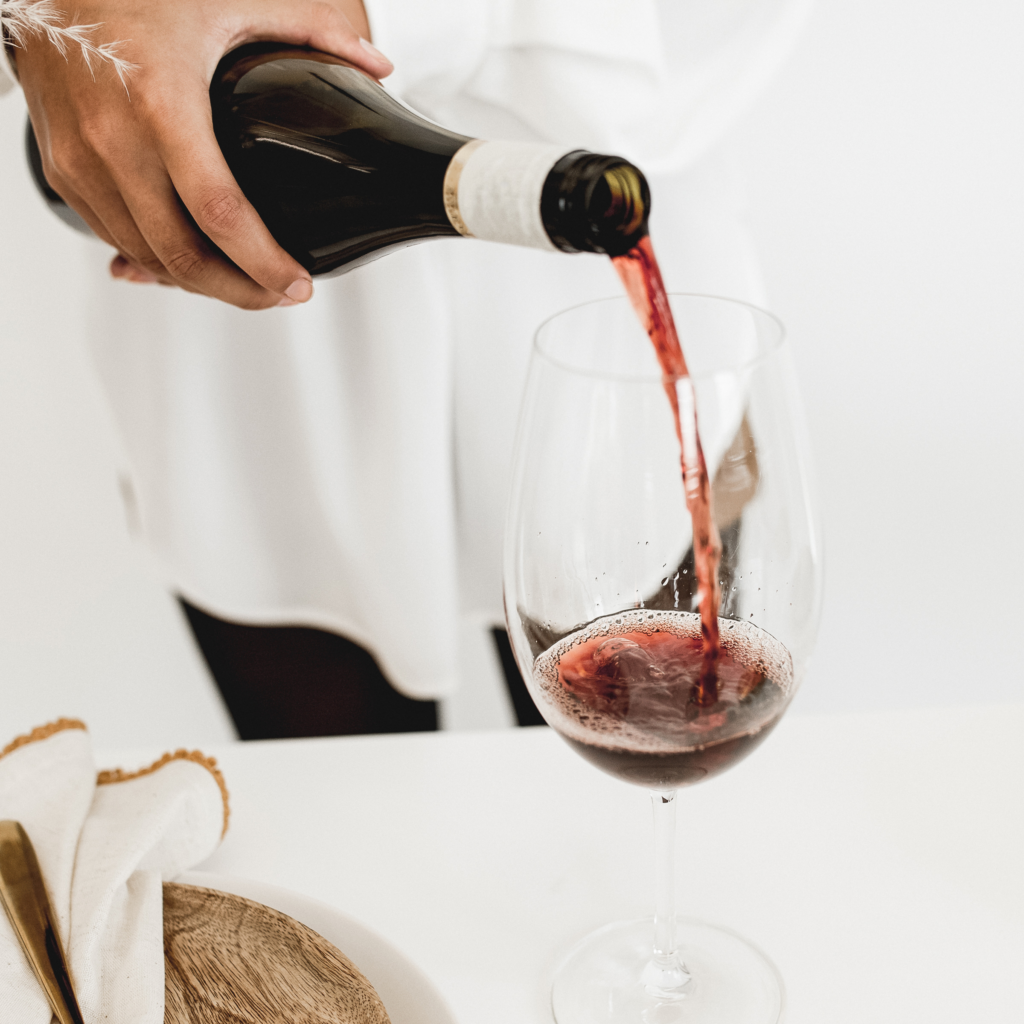3 Things That Should Be On A Wine Label – But Aren’t

How much do you know about wine? In particular, ow much do you know about your wine that you drink? And if I was to ask you, can you write out all the ingredients that are in wine? What would your answer be? Grapes. Alcohol. Sulfites. I am sure most of us have read on the label that our wine does contain sulfites.
But what is really in our wine because wine doesn’t have an ingredient label, does it? I love wine and my background is in wine. I have an advanced certification in wine. And I worked in the wine industry for many, many years, including owning a wine store in New York City. One of the big conversations that I’ve always had with people is the sulfites in wine conversation.But, I’m not going to dive into sulfites today.
I want to dive into what isn’t included in our wine labels. One thing you might not be aware of is there is a government issued list called The GRAS List. So GRAS stands for “Generally Recognized As Safe”. I have to admit that title scares me a little bit. It’s just generally recognized as safe like, what does that really even mean? This list is over 72 chemicals and additives that winemakers are completely and legally allowed to add to the wine without claiming it on their label.
The first ingredient that isn’t on that label is mega purple. This is a colorant added to many commercially produced red wines. Its job is to give the wine that beautiful, rich, gorgeous, lush red color that we love.
The second ingredient that should be on wine labels is the yeast and where it was sourced. Wine is made with grapes and yeast. The yeast consumes the sugar in the grapes. The byproduct is alcohol and carbon dioxide. But, where did the yeast come from? If you’re a natural winemaker, you use natural or ambient yeast. That’s the yeast naturally found in the vineyard or in the air of the winery. This is the yeast that is living in harmony with that grape in that vineyard.
Then, there is the book of GMO yeast. It literally has yeast after yeast listed. And a winemaker can choose the yeast they like based on the desired properties to create a specific profile in the wine. Yeast can give different flavor profiles and add different textures..
And then the final ingredient I think should be listed on a wine label is what material is used to fine the wine. Fining is like polishing the wine, it gives visual clarity, removes undesirable flavors. There’s a multitude of materials used to fine wine. Some of the main ones are egg whites. isinglass derived from fish bladder, casein derived from milk, and gelatin. All are allergens for some people. They also mean that wine is not suitable for vegans and vegetarians.
That’s what I think should be on a wine list. What do you think?
Peace and Love.
